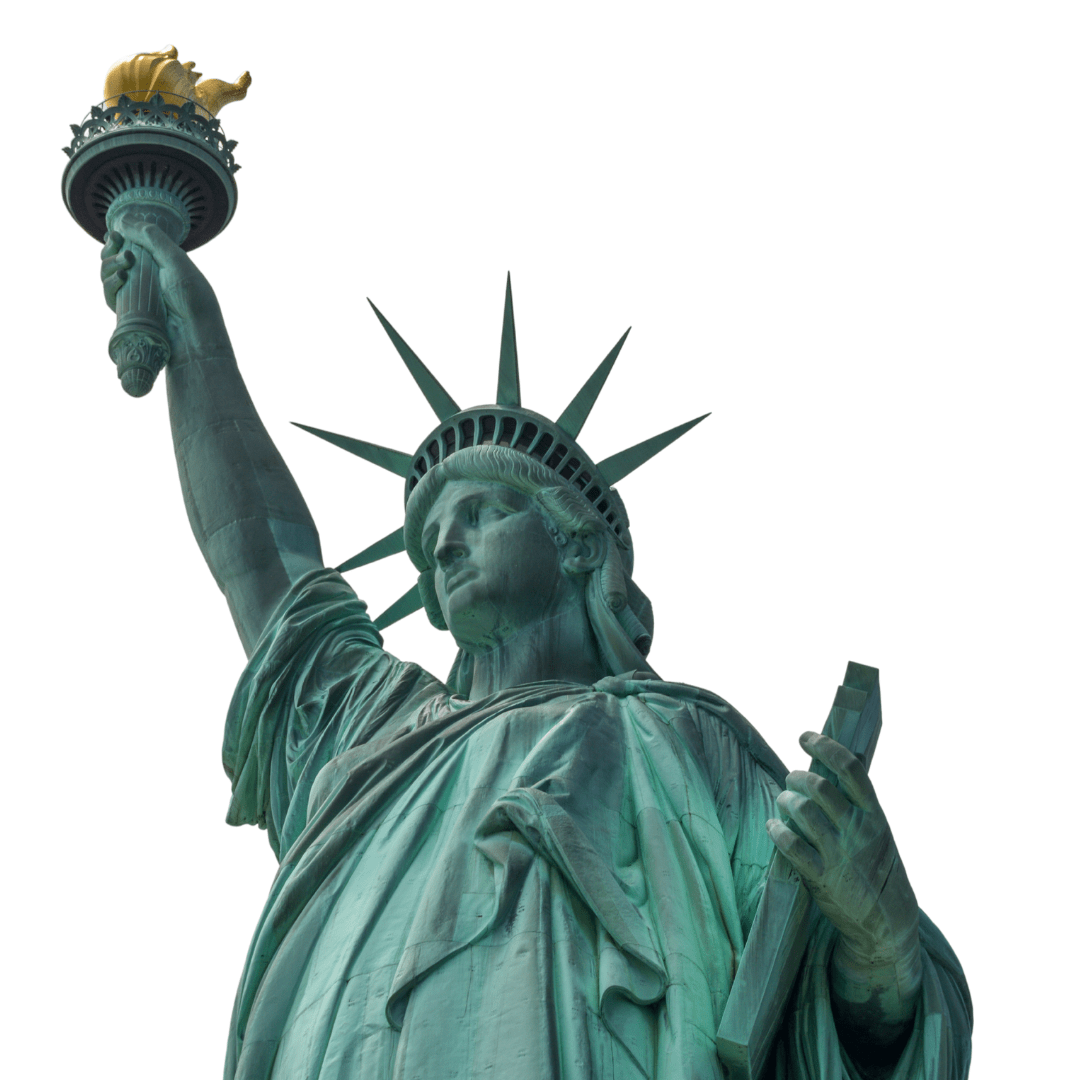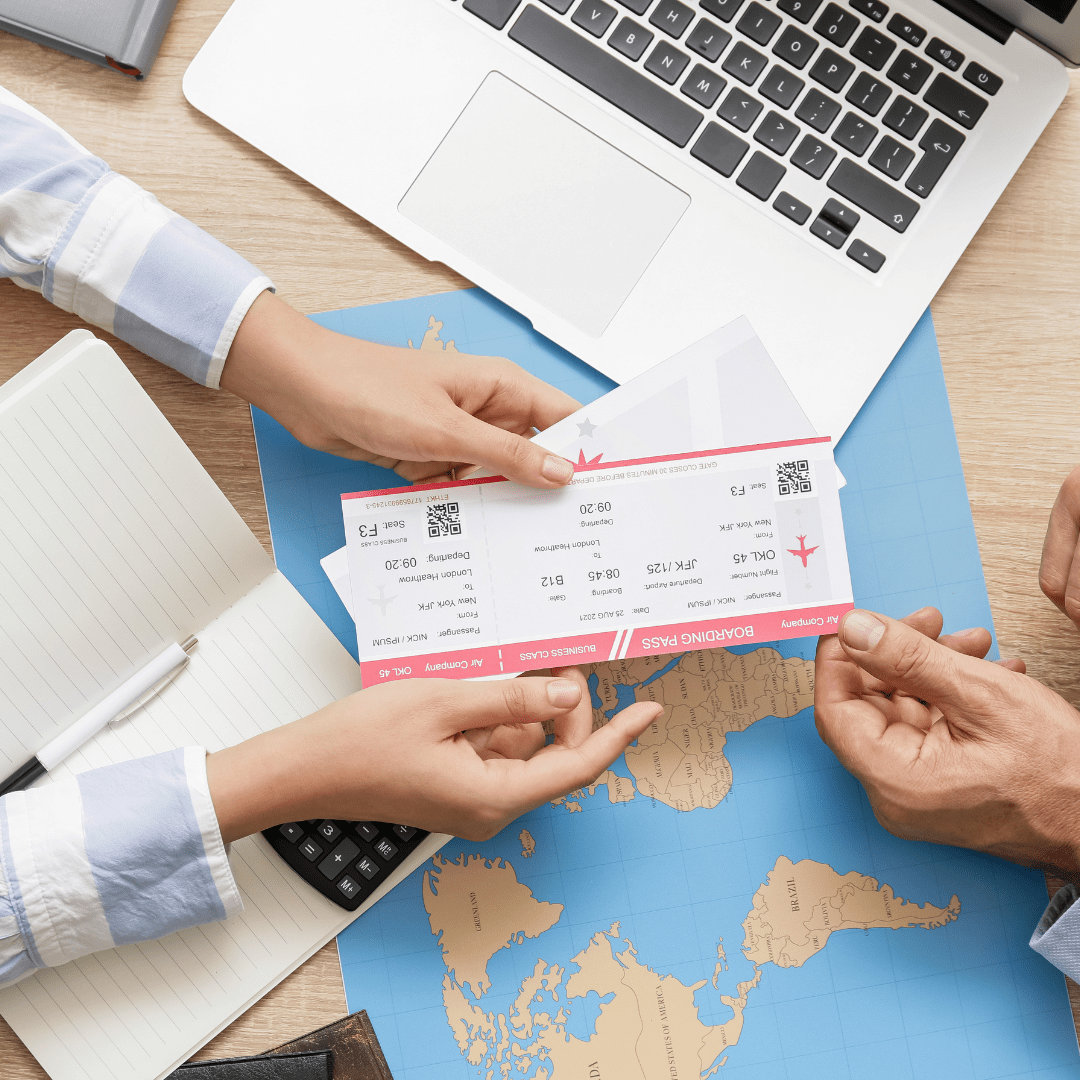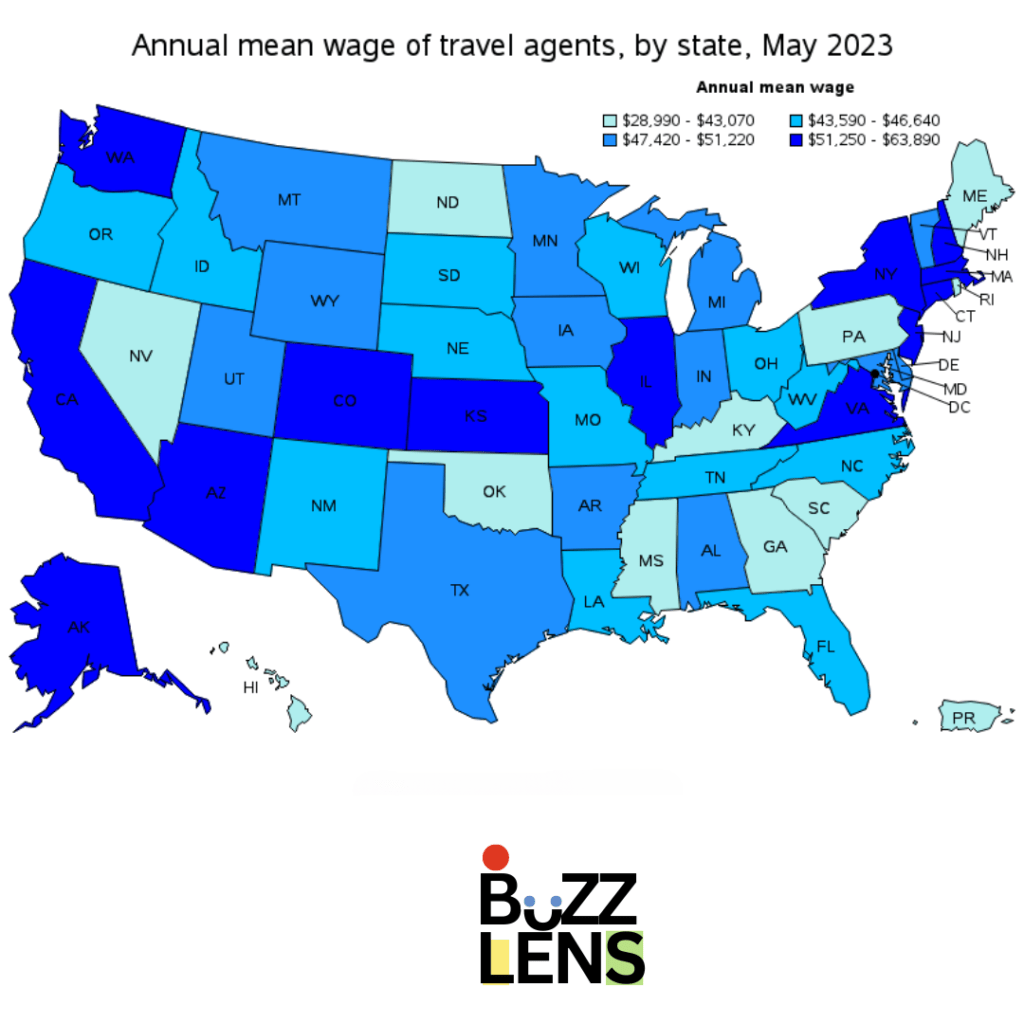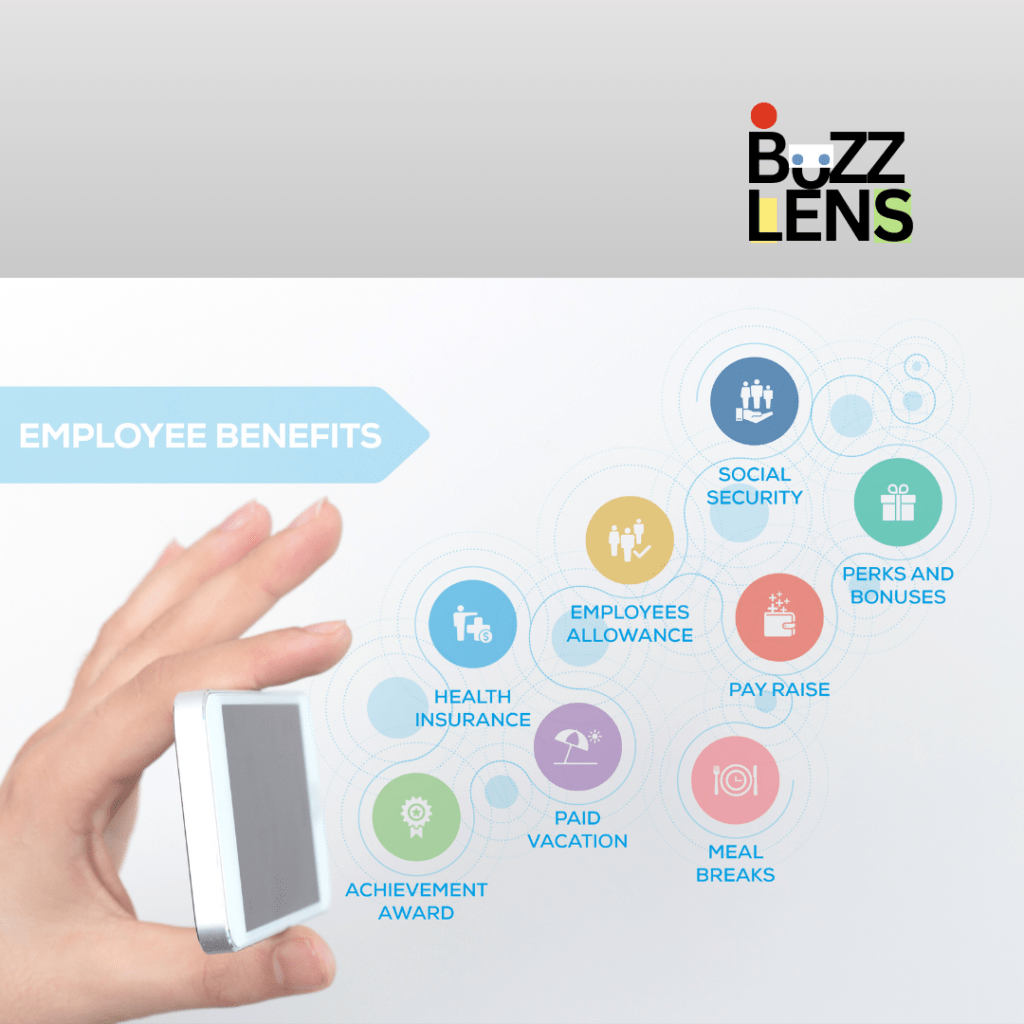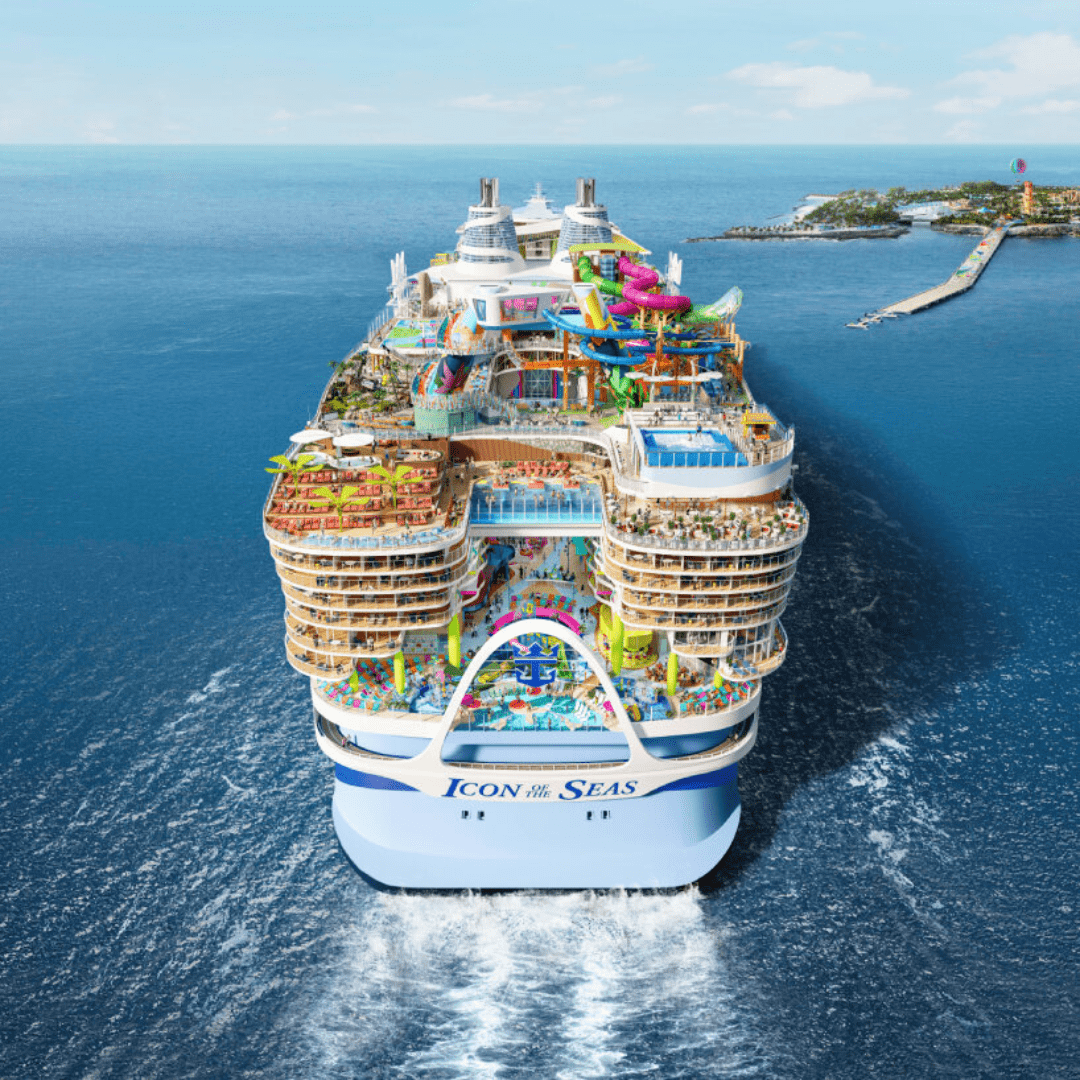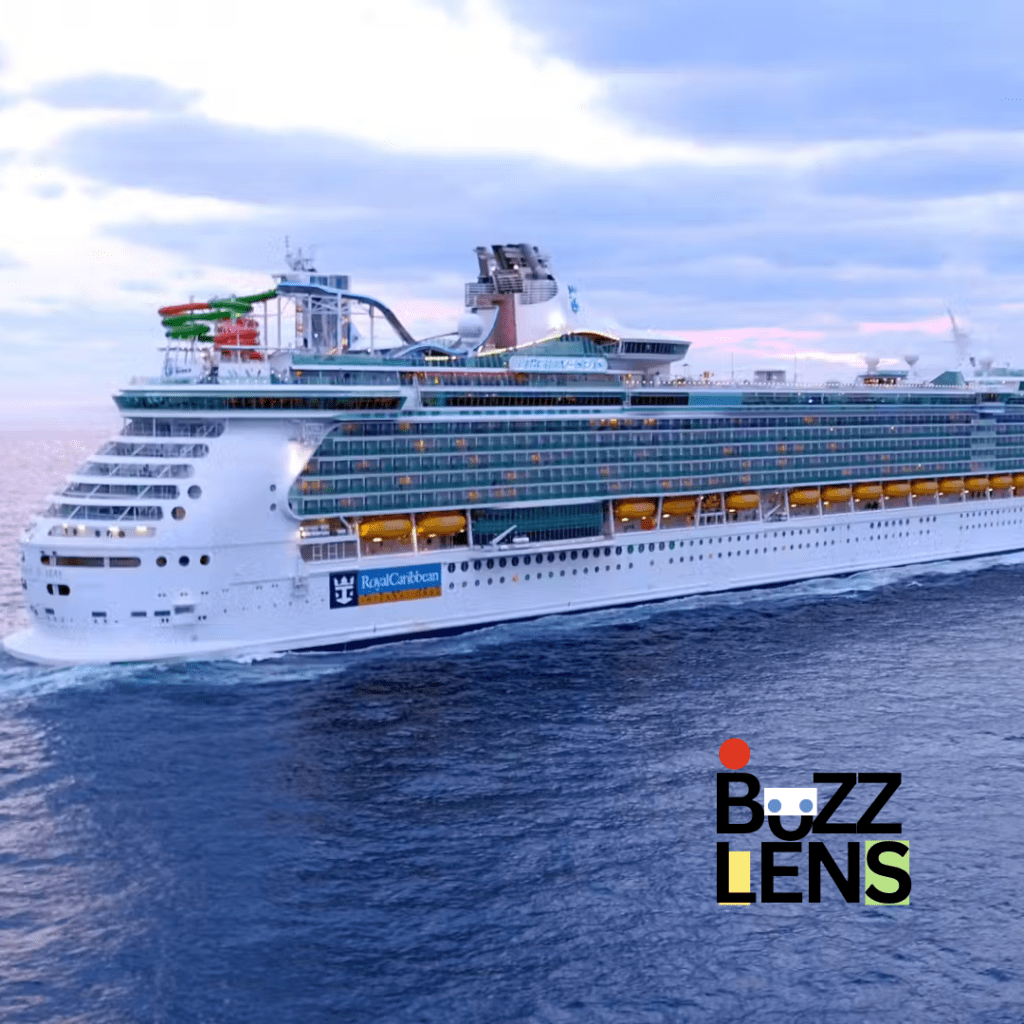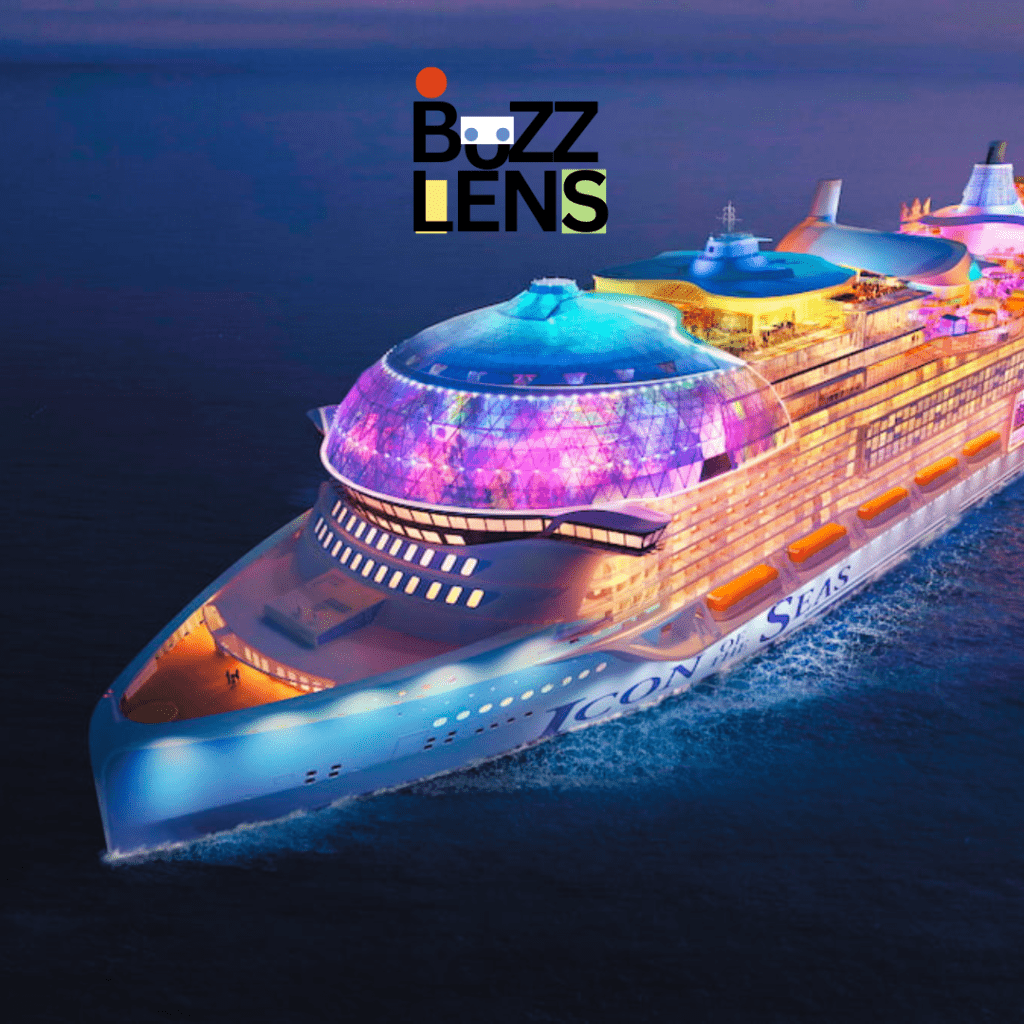New York City, often referred to as “The City That Never Sleeps,” is a vibrant metropolis brimming with world-famous attractions, cultural landmarks, and hidden gems. Whether you’re a first-time visitor or a seasoned traveler, NYC has something for everyone.
In this guide, we’ll explore the top 10 must-visit places in New York City, offering a mix of iconic sites and unique experiences that will make your trip unforgettable.
1. Statue of Liberty and Ellis Island
No trip to New York City is complete without visiting the Statue of Liberty and Ellis Island. The Statue of Liberty, a symbol of freedom and democracy, stands tall on Liberty Island, welcoming visitors from around the world.
A short ferry ride from Battery Park will take you to this iconic monument. Combine your visit with a stop at Ellis Island, where millions of immigrants first entered the United States. The Ellis Island National Museum of Immigration offers a deep dive into the history of American immigration.

Why Visit?
These landmarks are not only iconic symbols of America but also provide a powerful look into the country’s history and heritage.
2. Central Park
Central Park is an urban oasis in the heart of Manhattan, offering 843 acres of green space to explore. Whether you’re interested in taking a leisurely stroll, enjoying a picnic, or renting a bike, Central Park provides a serene escape from the bustling city.
Don’t miss popular attractions like Bethesda Terrace, Bow Bridge, and the Central Park Zoo.

Why Visit?
Central Park is the perfect place to relax, unwind, and enjoy nature amidst the urban landscape of NYC.
3. Times Square
Known as “The Crossroads of the World,” Times Square is a dazzling display of neon lights, giant digital billboards, and bustling crowds.
Located at the intersection of Broadway and Seventh Avenue, Times Square is home to world-famous theaters, restaurants, and shops.
Visit during the evening to experience the area at its most vibrant, or on New Year’s Eve to witness the famous ball drop.

Why Visit?
Times Square is an iconic symbol of New York City’s energy and entertainment, making it a must-see destination.
4. Empire State Building
The Empire State Building is one of New York City’s most iconic skyscrapers, offering breathtaking views of the city from its observation decks on the 86th and 102nd floors.
Standing at 1,454 feet tall, this Art Deco masterpiece has been featured in countless films and is a favorite among visitors. On clear days, you can see up to five states from the top.

Why Visit?
Experience unparalleled panoramic views of NYC and its surroundings from one of the most famous buildings in the world.
5. The Metropolitan Museum of Art
The Metropolitan Museum of Art, commonly known as The Met, is the largest and most comprehensive art museum in the United States.
With over two million works of art spanning 5,000 years of history, The Met offers something for every art lover. Highlights include the Temple of Dendur, the European Paintings collection, and the Costume Institute.

Why Visit?
The Met is a cultural treasure trove, offering a journey through the history of art from ancient civilizations to modern masterpieces.
6. Broadway and the Theater District
New York City’s Broadway is synonymous with world-class theater. The Theater District, located around Times Square, is home to dozens of theaters showcasing the best in live performances, from classic musicals to cutting-edge plays.
Catching a Broadway show is a quintessential NYC experience, with long-running favorites like “The Lion King” and “Hamilton” as well as new productions.

Why Visit?
Broadway offers the pinnacle of live theater, making it a must-do for anyone visiting New York City.
7. The Brooklyn Bridge
Spanning the East River, the Brooklyn Bridge connects Manhattan and Brooklyn and is one of the oldest suspension bridges in the United States.
Walking or biking across the bridge offers stunning views of the NYC skyline and the Statue of Liberty. Once you reach Brooklyn, explore the trendy neighborhoods of DUMBO and Brooklyn Heights.

Why Visit?
The Brooklyn Bridge offers a perfect blend of history, architecture, and scenic views, making it a favorite for locals and tourists alike.
8. The 9/11 Memorial and Museum
The 9/11 Memorial and Museum is a poignant tribute to the victims of the September 11, 2001, terrorist attacks.
The twin reflecting pools, located where the World Trade Center towers once stood, are inscribed with the names of those who lost their lives.
The adjacent museum offers a moving exploration of the events of 9/11, as well as the aftermath and ongoing impact on the world.

Why Visit?
The 9/11 Memorial and Museum is a place of reflection and remembrance, offering a profound and emotional experience.
9. Fifth Avenue
Fifth Avenue is synonymous with luxury shopping and iconic landmarks. Stroll along this famous avenue to visit high-end stores like Saks Fifth Avenue and Tiffany & Co., or explore historic sites such as St. Patrick’s Cathedral and the New York Public Library.
Don’t forget to stop by the iconic Rockefeller Center, especially during the holiday season when the famous Christmas tree is on display.

Why Visit?
Fifth Avenue offers a mix of luxury, history, and culture, making it one of the most famous streets in the world.
10. The High Line
The High Line is an innovative urban park built on a historic freight rail line elevated above the streets of Manhattan’s West Side.
This 1.45-mile-long green space features beautiful gardens, public art installations, and stunning views of the Hudson River and the city skyline.
It’s a great spot for a leisurely walk, a morning jog, or simply to relax and enjoy the scenery.

Why Visit?
The High Line offers a unique perspective on urban renewal and is one of the most popular and creative green spaces in NYC.
Conclusion: Top 10 Must-Visit Places in New York City
New York City is a destination like no other, offering a mix of history, culture, and entertainment that captivates millions of visitors each year.
Whether you’re exploring the heights of the Empire State Building, the artistic treasures of The Met, or the vibrant streets of Times Square, these top ten places to visit in NYC will provide you with unforgettable experiences.
Start planning your trip today and discover why New York City is truly the city that never sleeps.

 FASHION8 years ago
FASHION8 years ago
 Entertainment8 years ago
Entertainment8 years ago
 FASHION8 years ago
FASHION8 years ago
 Entertainment8 years ago
Entertainment8 years ago
 Sports8 years ago
Sports8 years ago
 Entertainment8 years ago
Entertainment8 years ago
 Sports8 years ago
Sports8 years ago
 Entertainment8 years ago
Entertainment8 years ago
